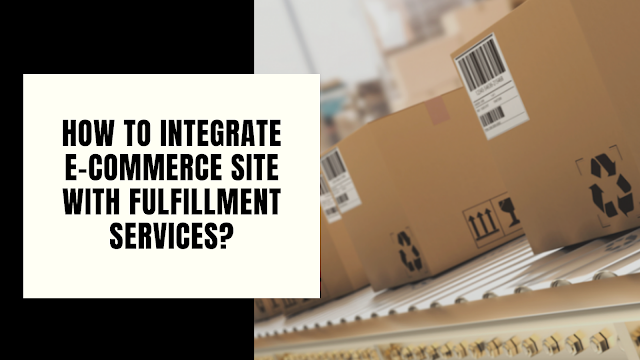E-Commerce sites provide manufacturers and distributors with the ability to design how the customer is exposed to product and service choices, using multimedia tools to offer variety in the customer's shopping and buying experience. This allows customers to follow the path they are most comfortable in evaluating and choosing which products and services to buy.
eCommerce portals can also facilitate order placement and tracking for customers who buy products and services regularly without necessary shopping, which is frequently the case with b2b customers. Here are some things to consider when looking at self-service eCommerce sites:
- Today's customers love to be empowered with the ability to shop and purchase at will and on their schedule. Suppliers who recognize this, and are willing to place this capability into the hands of buyers, are far more likely to produce happy customers who enjoy the buying experience enough to return to the site frequently and buy more often.
- Customers looking for education before making a buying decision can be presented with information in a variety of formats, including short videos, written tutorials, pictures charts, graphs, even music (depending on the product or service offering), followed by an opportunity to buy. In diversifying the modes and methods for delivering information to customers, suppliers can increase the probability that the customer will find useful information in a format they prefer, which facilitates their comfort level with the supplier's company and product offering.
- Customers wishing to interact with suppliers before making a buying decision can be presented with multiple contact choices, including real-time chat, email, and pre-sale telephone support, all reachable from the supplier's site.
- Current information, product updates, and contextual information about the supplier's company and products can be delivered by subject-matter experts through a weblog, also known as a blog. This keeps the supplier's information fresh and its customers engaged, which also encourages them to come back to the site more often.
- Customers looking for references, satisfaction reviews, or comments by other customers can be routed to the supplier's social media sites such as Facebook and Twitter, where credible feedback on the supplier's products and the company is readily available, and interaction with and among customers can take place almost in real-time.
Integration with Fulfillment Systems
All of these factors serve to enhance the buying experience for the customer, which is a good thing. But there is a greater good at play in the use of these strategies as they pertain to order fulfillment.
By empowering customers with self-service ordering, suppliers are not only providing customers with the ability to serve themselves, but they also accelerate the process of collecting and communicating accurate information relating to new orders across their internal organization.
This is crucial for several reasons, not the least of which is demand planning. By integrating front-end order acquisition processes with back-end fulfillment systems, demand for products and services can show up on the supplier organization's "radar" much sooner, and with more accuracy, than with antiquated, disconnected order entry processes.
Such processes often carry a higher error rate and almost always result in delayed communication of new order information throughout the supplier's organization. Given the fact that the customer's clock starts ticking from the moment they place an order, order entry delays frequently start a chain reaction of events that ultimately lead to missed customer expectations.
This delayed or erroneous communication often looks like this:
- The customer's "expectation clock" starts ticking when they place an order, often well before the supplier's organization even knows about the order, much less can react to it.
- Warehouse management personnel waste time looking for finished goods that don't exist and managing excessive backorder workloads. The MDS distributors use the latest technology for order fulfillment services.
- Production planners are caught off guard with "emergency" orders that would never have become an emergency in the first place if they had enough information and time to produce the finished goods being purchased by the customer (in build-to-stock situations, not build-to-order, of course).
- Material management personnel are caught off guard because the production planners need to schedule their emergency production runs, but cannot because of unanticipated material shortages.
- Production operations personnel are caught off guard with changing priorities and unplanned downtime required for retooling related to "rush" orders.
- Customer service personnel go into the "fire-drill" mode because the production delays are causing fulfillment delays, which must be communicated to the customer.
- The shipping department is caught off guard with unexpected changes in shipping priorities required to minimize the damage to the customer's already diminishing view of the supplier's "ability to deliver."
- Supplier performance scores start to go down due to missed delivery dates and errors in rushed shipments.
- Customers greet the supplier's salespeople with problems, issues, and concerns instead of satisfaction and willingness to look at new products and services. In a negative climate like this, customers often leverage the supplier's failures to extract better pricing and lopsided terms of business-like performance guarantees with monetary penalties.






0 Comments